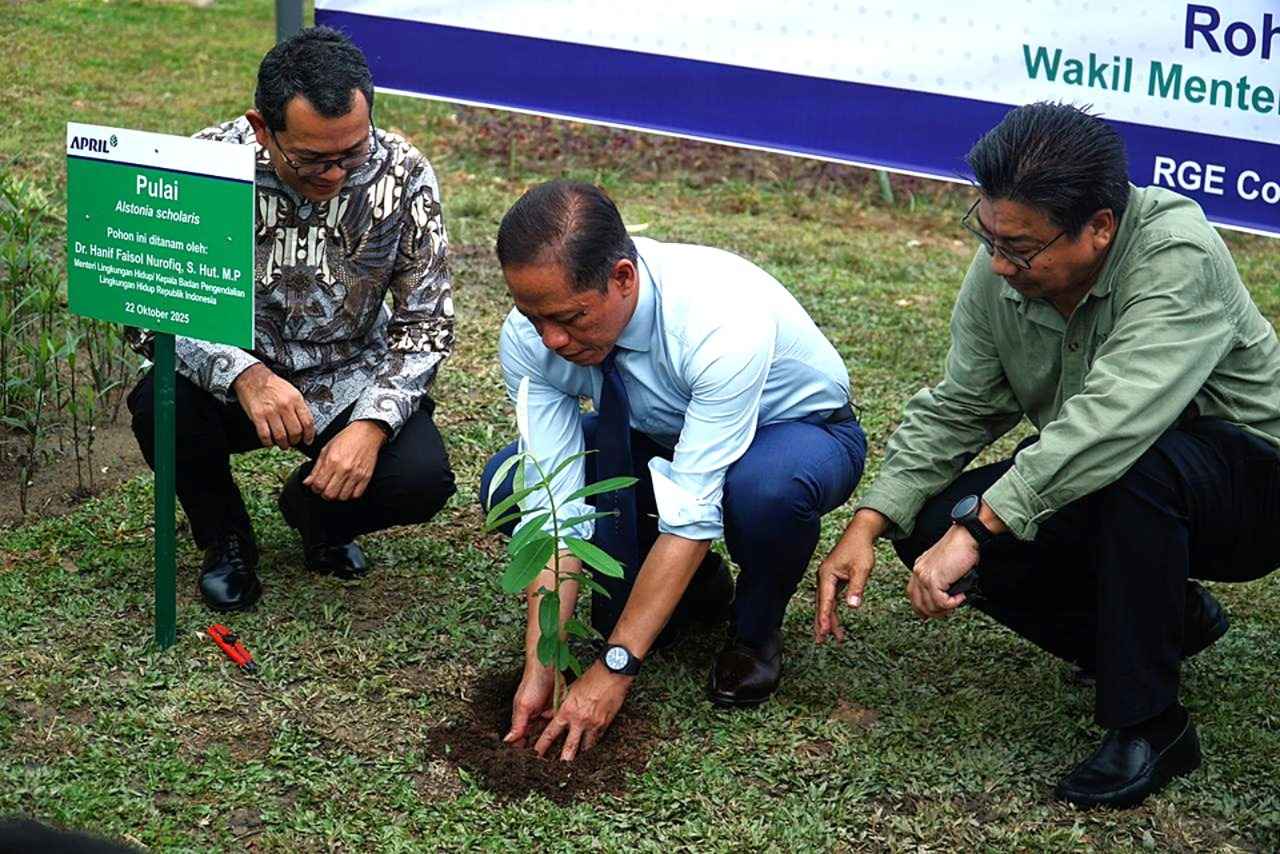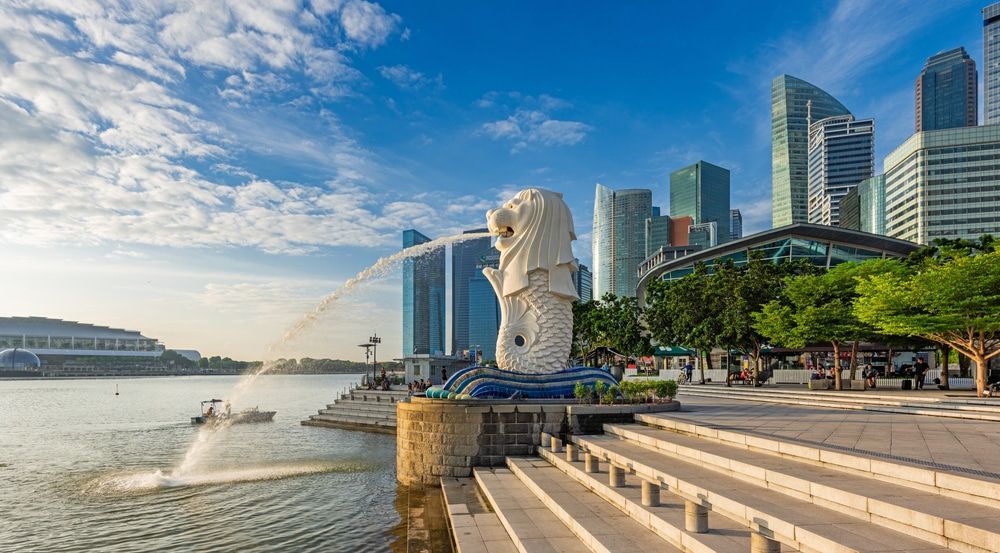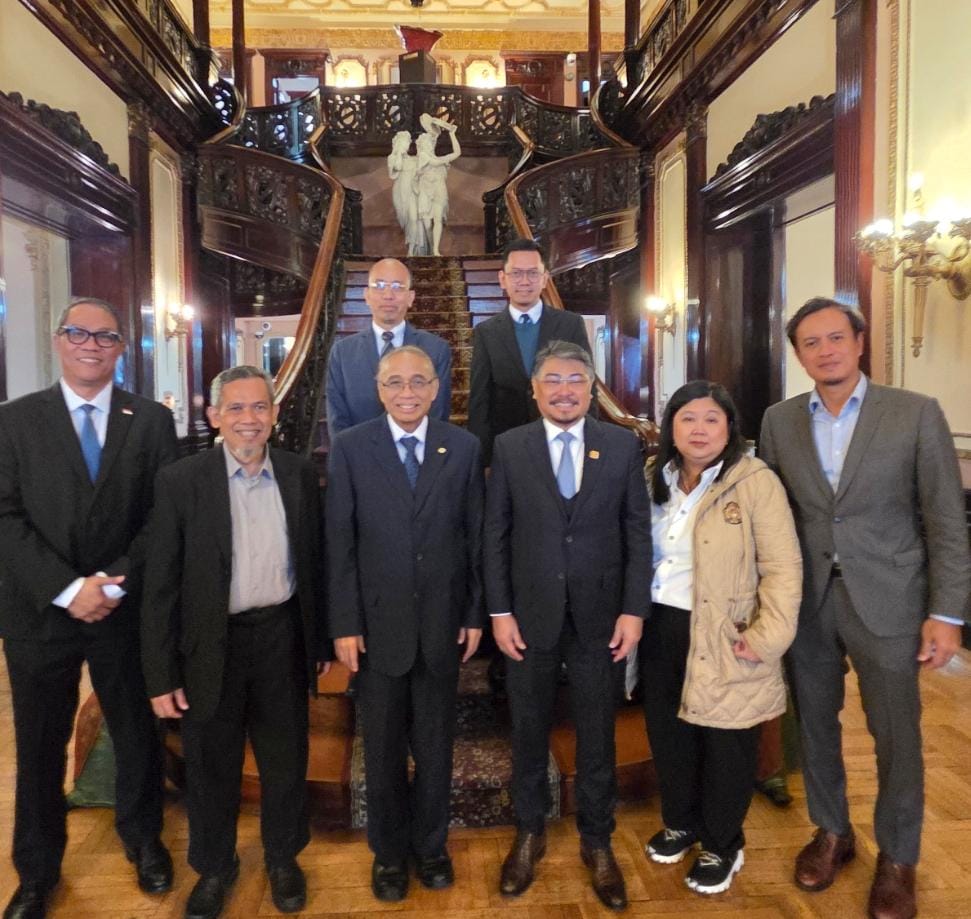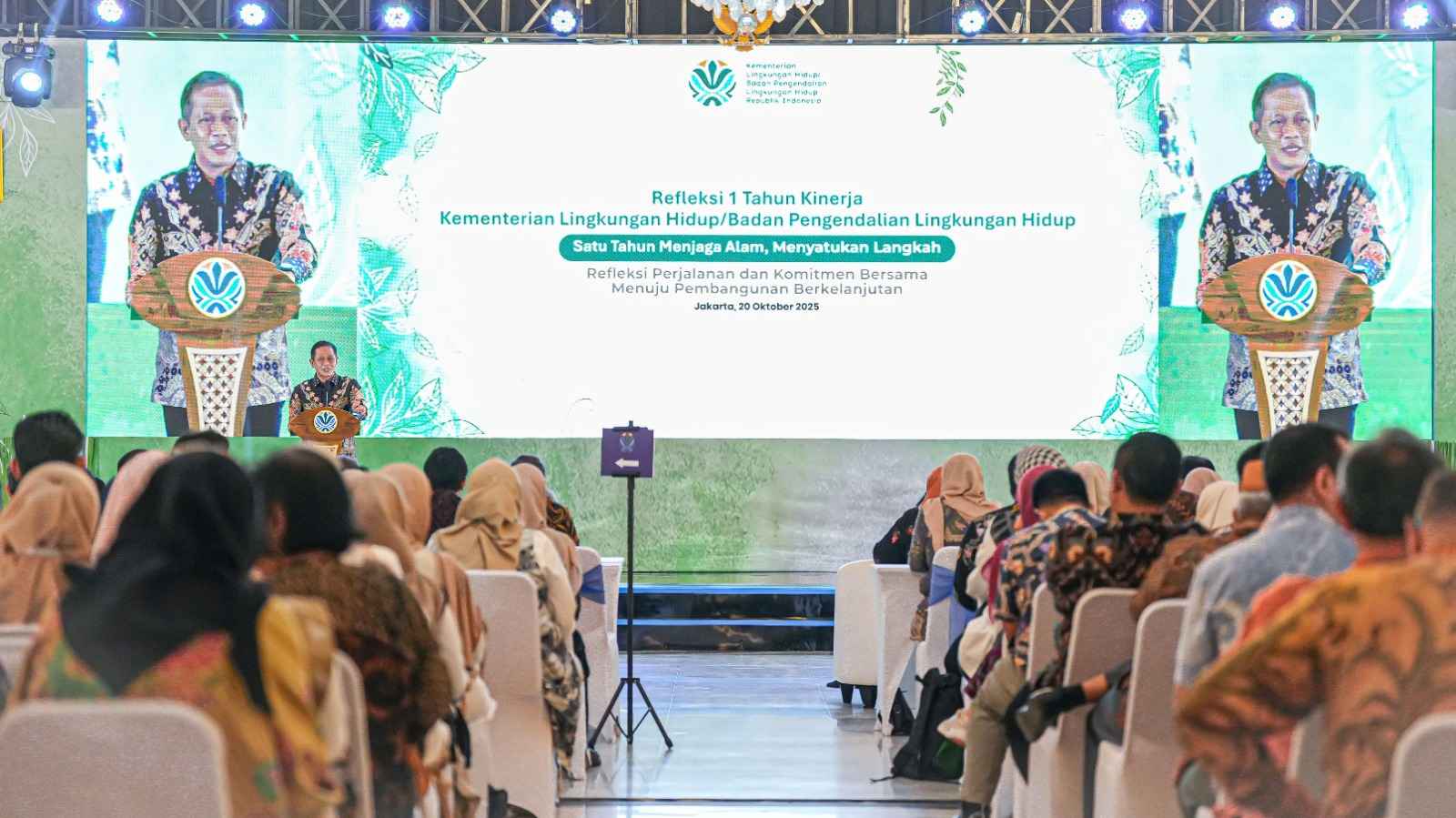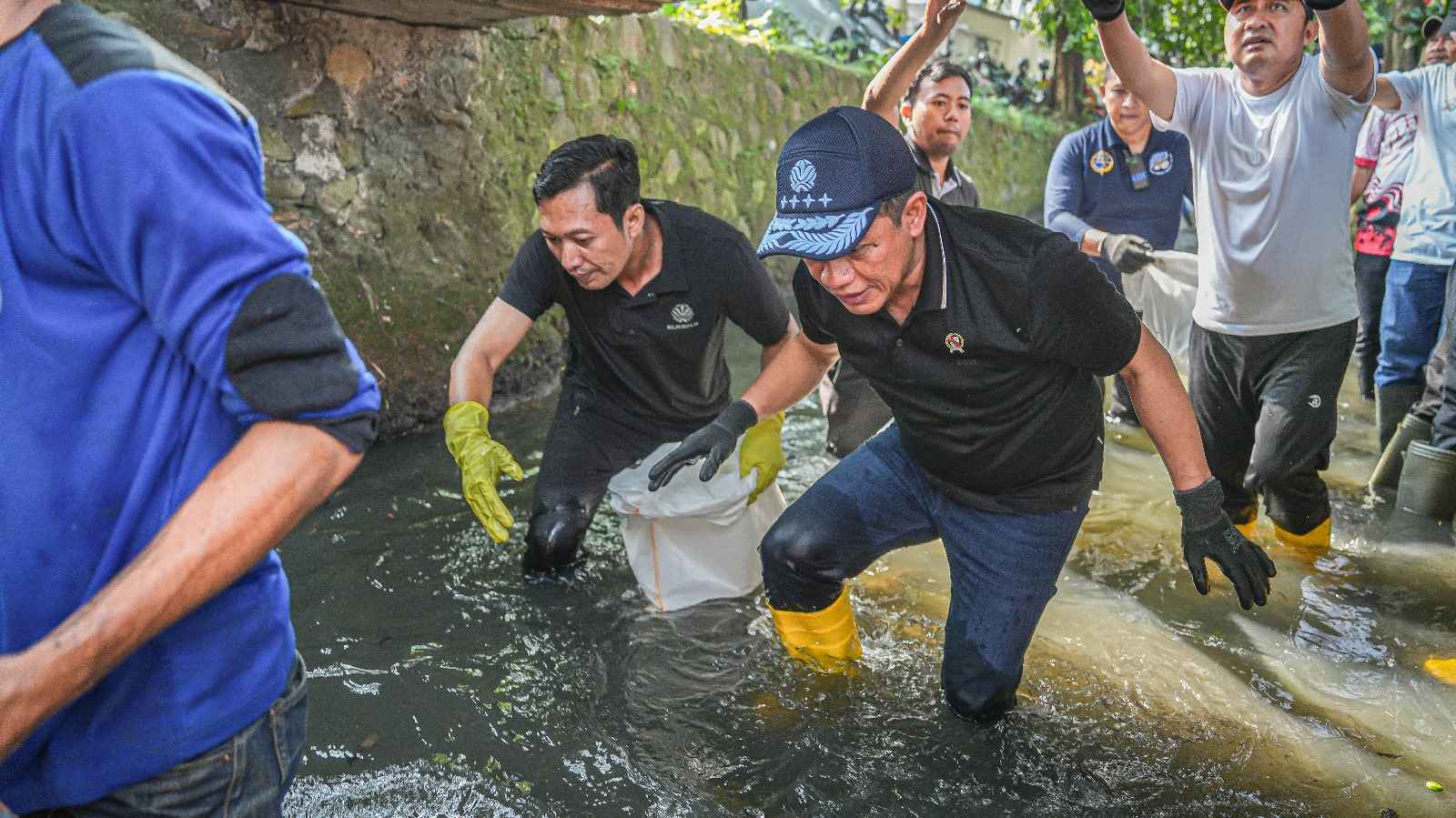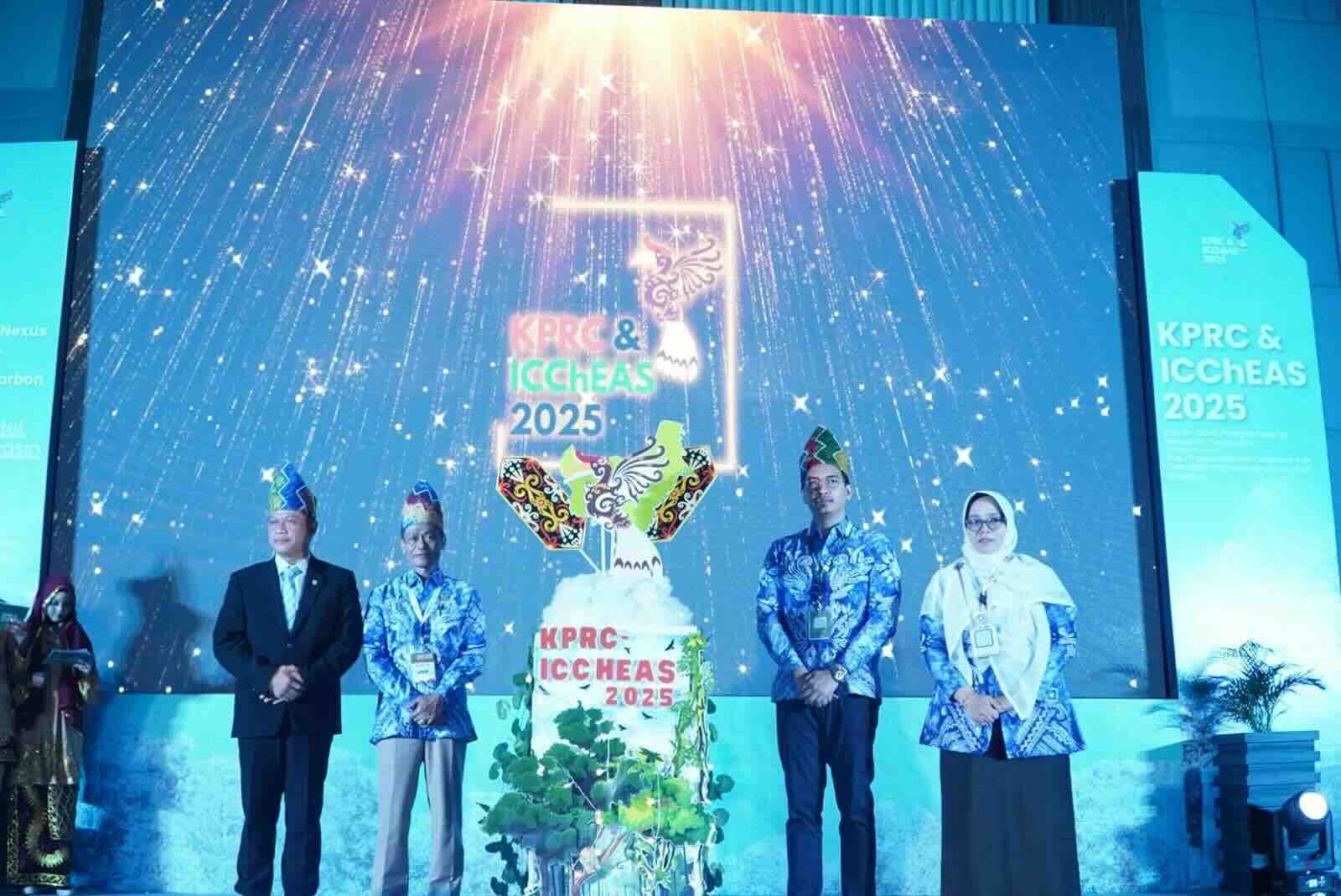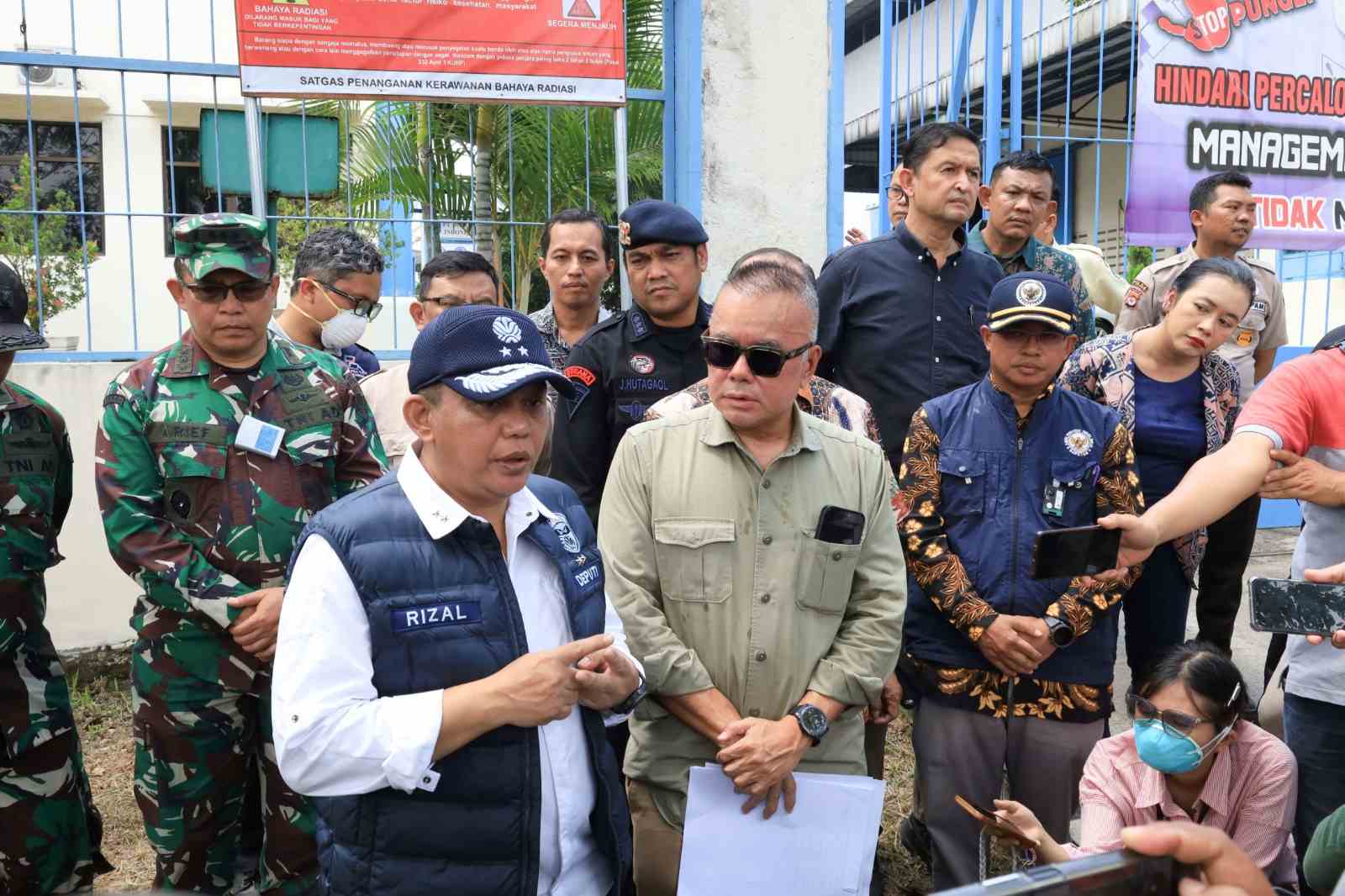Enviro News Asia, Pelalawan — Indonesia reaffirmed its leadership in global climate action and tropical peatland ecosystem restoration. At the prestigious AsiaFlux Conference 2025 — which gathered more than 300 scientists, policymakers, and environmental practitioners from 29 countries — Indonesia stood out as a hub of scientific innovation and learning in peatland restoration across Asia.
“Peatland restoration is not merely a technical task but the foundation of national climate resilience,” emphasized Minister of Environment Hanif Faisol Nurofiq during his keynote speech at the AsiaFlux Conference 2025 held on Thursday (October 23, 2025) in Pangkalan Kerinci, Pelalawan Regency, Riau Province.
“Success in restoration emerges when science works hand in hand with local wisdom — when communities are not just beneficiaries but also managers of their ecosystems.”
Over the past decade, Indonesia has rehabilitated more than 24.6 million hectares of land, including 4.16 million hectares of rewetted peat ecosystems. The government has also constructed 45,000 canal blocks and reintroduced native species such as jelutung, ramin, and balangeran.
Through a scientific approach based on the Peat Hydrological Unit (KHG) framework and the Peatland Ecosystem Protection and Management Information System (SiPPEG), the condition of peatlands can now be monitored in real time — enabling fast, adaptive, and ecologically sound decision-making that benefits both nature and people.
Beyond being an environmental initiative, peatland restoration has evolved into a national movement. Through the Peat Care Independent Village (DMPG) program, at least 1,100 villages are now actively managing their ecosystems. In many regions, women and youth drive the green economy — developing kelulut honey enterprises, natural fiber crafts, and sustainable ecotourism based on environmental preservation.
This major step aligns with the National Medium-Term Development Plan (RPJMN) 2025–2029 and Indonesia’s ambitious FOLU Net Sink 2030 target, in which the forestry and land-use sectors are expected to absorb more carbon emissions than they emit. The scientific and social innovations developed by the Ministry of Environment and BPLH demonstrate that environmental recovery is not only a moral responsibility but also a strategic investment toward a low-carbon economy.
Chair of the AsiaFlux Conference 2025 Organizing Committee, Chandra S. Desmukh, highlighted the importance of cross-sectoral collaboration.
“AsiaFlux is not just about flux towers, but about the people behind them — scientists, policymakers, and communities. This year, we welcomed participants from 29 countries representing universities, research institutions, governments, private sectors, and civil society. Such collaboration is key to sustainable land management and supporting Indonesia’s FOLU Net Sink 2030 target,” he stated.
Concluding the session, Minister Hanif reaffirmed the broader meaning of this effort:
“We must not merely exploit natural resources but generate scientific knowledge that strengthens the competitive and sustainable values of Indonesia’s natural wealth.”
With a strong vision and tangible commitment, Indonesia continues to assert itself as the global center for tropical peatland restoration innovation — proving that protecting the Earth is not just an obligation but a source of pride and opportunity for a sustainable future. (*)




